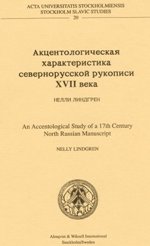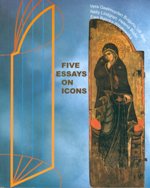 Ingår i serien Kristen konst
Ingår i serien Kristen konst
Two main groups of saints are connected to healing: miracleworkers (Russian chudvotvorcy) and holy doctors (Russian vrachi). Several other terms are used in Slavic synaxaria and iconographic manuals to denote these saints: saint doctors (Russian vrach, bezmezdnyj vrach), saint healers (Russian celebnik, celitel’, celitel’nica) and saints of poverty (Russian bessrebrennik). In many cases these saints are regarded as martyrs, eremites or blessed men. The use of all these terms is not strict or consistent. The selection of saints is depending on the type of manual and its age.
The iconographic manuals usually get information about saints from the synaxaria and similar sources, but not all of the saint doctors present in synaxaria have been moved to the iconographic manuals. Not even all saints known as healers or miracleworkers are regarded as such in the iconographic manuals. Obviously the public interest in certain saints and the practical usefulness of their images influenced the body of the iconographic manuals more than earlier hagiographic tradition.
Nelly Lindgren. International Interdisciplinary Conference: Medieval medicine: Texts, practices, institutions. Rila Monastery, August 29—31, 2000.
University of Sofia, Department of Medieval Slavic Studies, Bulgaria.

Rila kloster
This conference aims at uniting scholars working in the fields of medieval medicine and history of healing institutions, cultural history, archeology, linguistics and anthropology.
Both learned medical practices and popular healing devices will be in the focus of the discussions. Special panels will be organized on medical terminology, problems of distribution of medical texts and their translations, different healing practices, magic and divination, healing prayers and amulets, medieval dietology, medieval baths, role of the monasteries as healing places, monastic medicine and hospitals, cults of saints healers, status of the doctor and the healer.
Medieval medical texts, practices and institutions in Slavic and Byzantine world, Central Europe, Western Latin, Jewish and Islamic traditions, Armenia, and Georgia are discussed.
Rila Monastery is one of the greatest monasteries in the Balkans, and one of the most remarkable monuments of Bulgarian art and architecture from the medieval period and the time of Bulgarian National Revival. In 1983 it was included in the UNESCO list of world cultural heritages.



 Publicerat av Nelly Lindgren
Publicerat av Nelly Lindgren 























